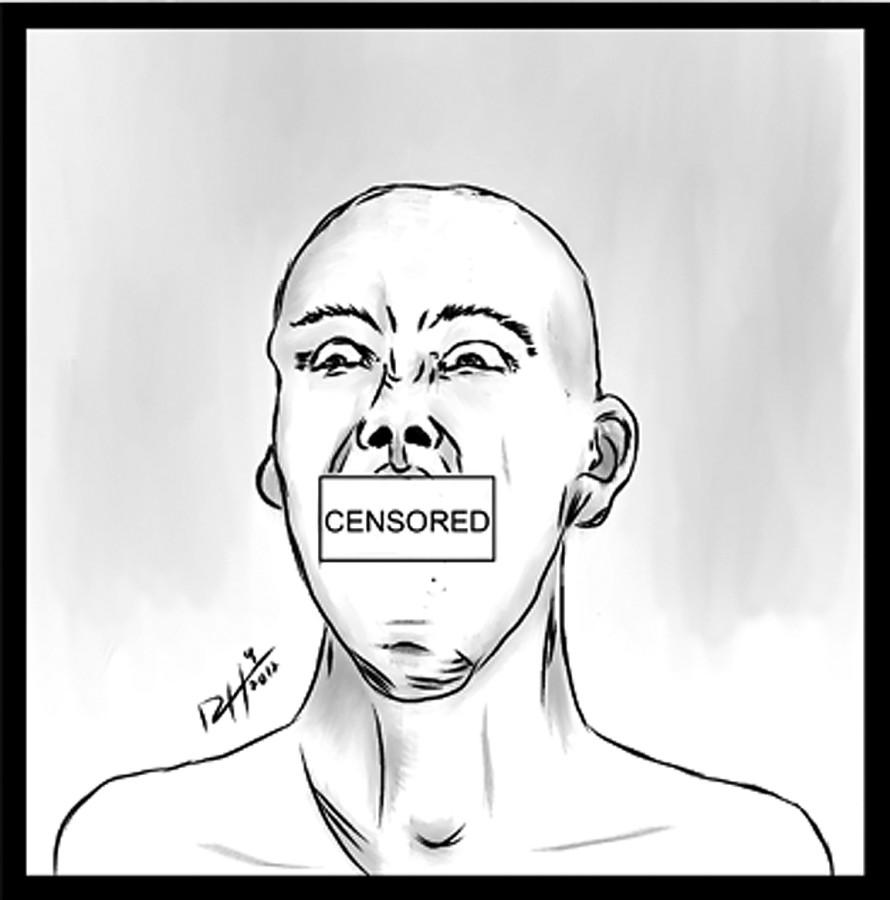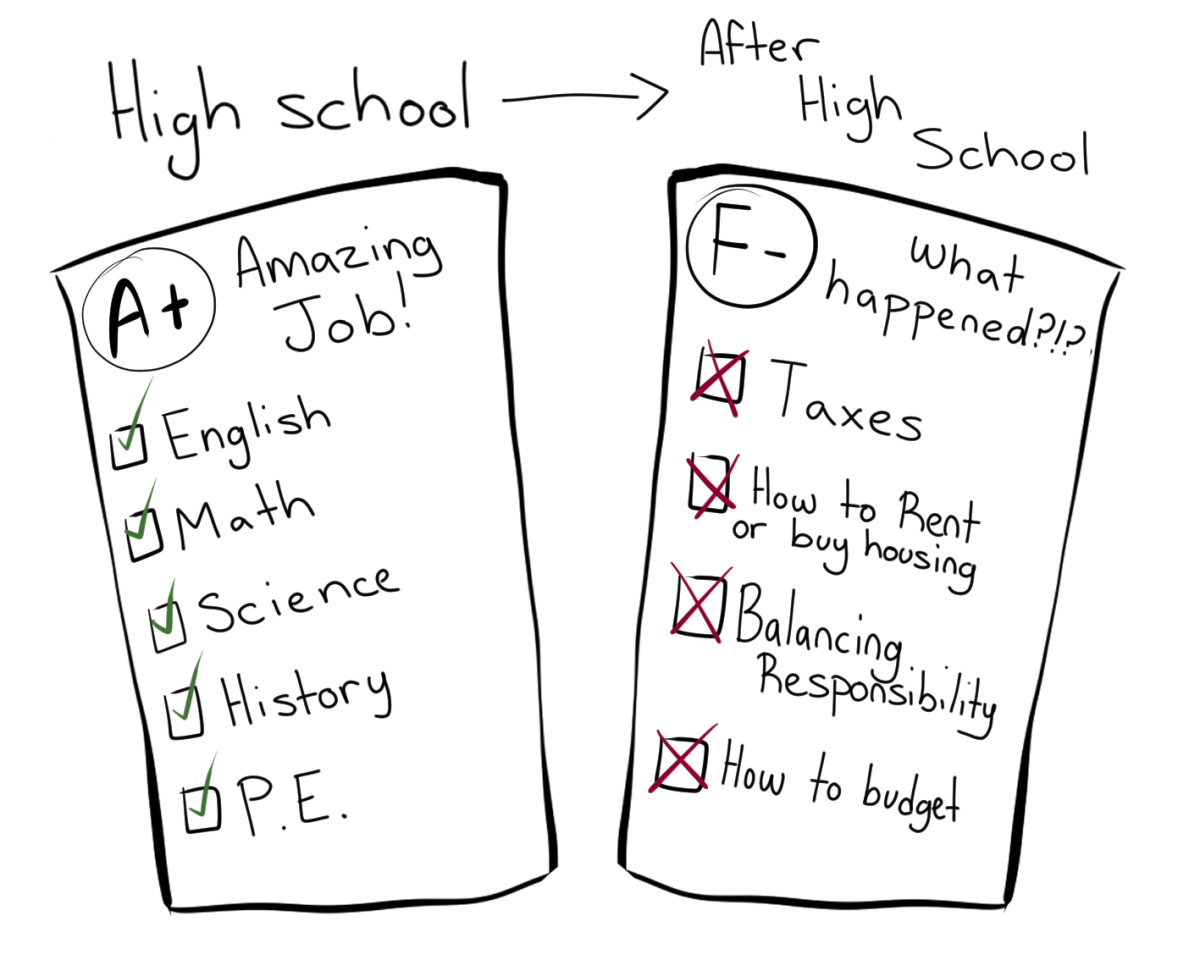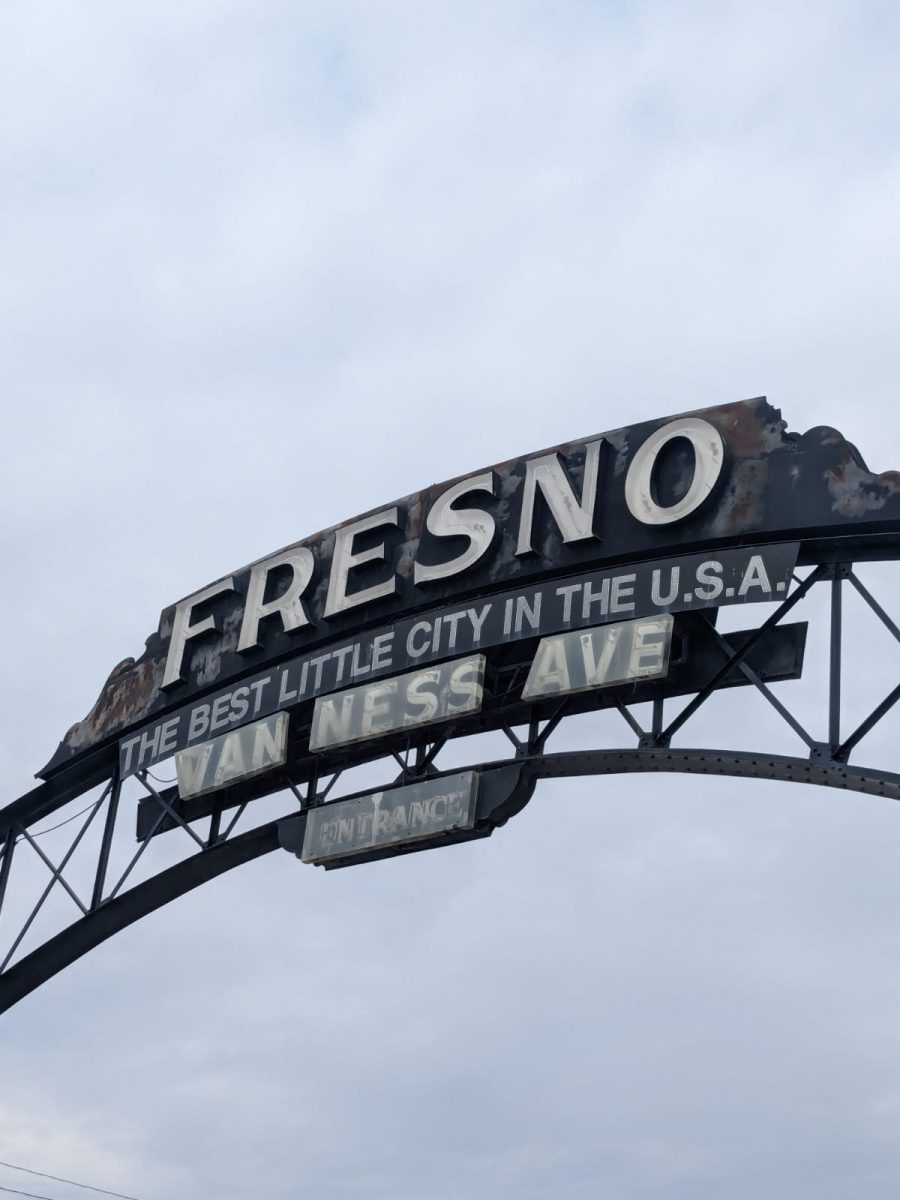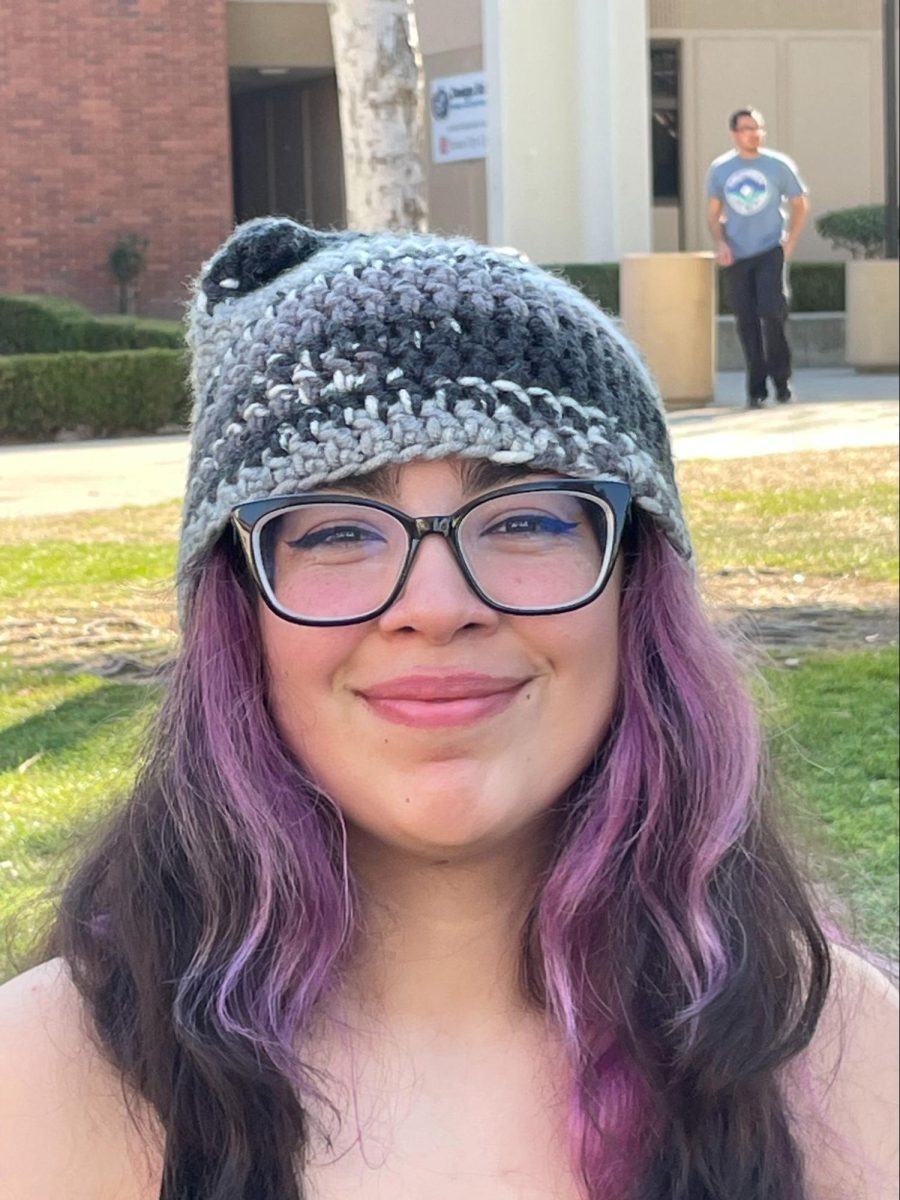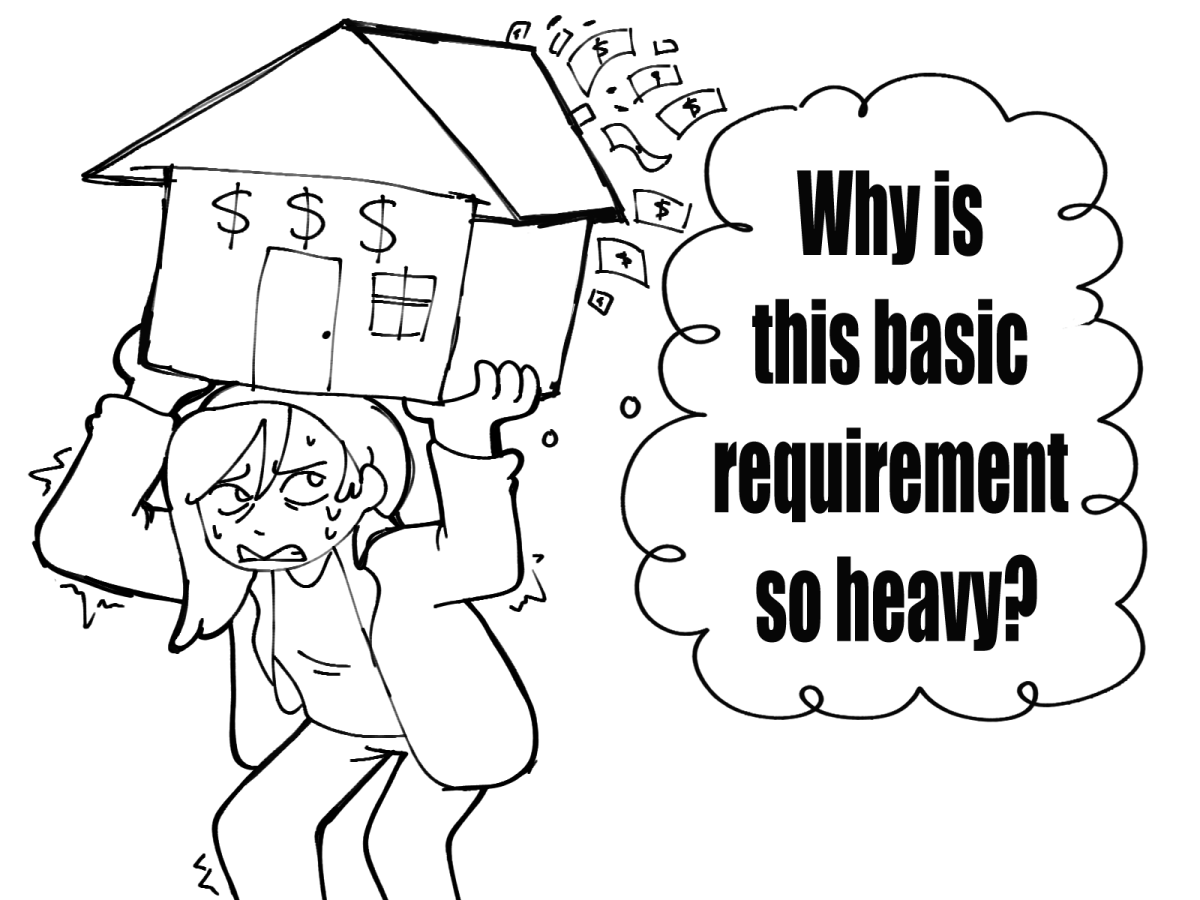When presented with the idea of free speech, such inspirational movements channeled throughout history provide the presence of law, justice, society, equality, peace, love and discrimination.
Prominent social leaders like Martin Luther King, Jr. have demonstrated their American right and fought to protect future generations. Other social movements like the Occupy movement protests and March for Education demonstrations share a consistent underlying value of the American foundation, the value of free speech and expression.
The First Amendment of the Constitution was established to allow the right of expression but also enacted with limitations to prevent violence and danger of public safety.
It is one of the many constitutional rights that inspire people to exercise their freedom and voice their opinions. Freedom of speech serves as a sacred barrier from the federal government allowing people to voice and challenge opposing viewpoints faced in society.
As Americans, we value freedom of speech above all else, that is why it is one of the 10 Bill of Rights and The First Amendment of the U.S Constitution. As stated in the First Amendment, “Congress shall make no law respecting an establishment of religion, or prohibiting the free exercise thereof; or abridging the freedom of speech, or of the press; or the right of the people peaceably to assemble, and to petition the Government for a redress of grievances.”
However, despite such expressive rights, limitations are warranted to protect the safety of the public.
Limitations on freedom and expression can be restricted when it creates a clear and present danger, incites imminent lawless action, consists of fighting words, includes libel or slander, consists of obscenity and occurs on private property.
Such limitations were enacted to prevent such havoc among societies; however, some individuals choose to ignore and disrespect such limitations, further creating a deceitful gap among societies.
Granted, the First Amendment protects a great deal of offensive, obnoxious and repugnant speech, society left to turn the other way and the government at liberty to decide who presents unlawful action.
In the 2011 U.S. Supreme Court case Snyder v. Phelps, the family of Lance Corporal Matthew Snyder, killed in Iraq in 2006, sued against the Phelps family, including Fred Phelps and against the Phelps’ Westboro Baptist Church, for intentional infliction of emotional distress.
The Westboro Baptist Church had come to national prominence, picketing U.S. military funerals in protest of what they considered America’s increasing tolerance of homosexuality.
Picketers displayed placards such as “Fag Troops”, “God Hates You”, and “Thank god for dead soldiers”.
In a 8-1 ruling, the U.S. Supreme Court upheld the Westboro’s right to picket. The Supreme Court’s main ruling upheld their speech related to a public issue disseminated on a public sidewalk.
Despite such practices during a moment of grievance and despair, the picketers had every right to be where they were. This type of speech is outrageous and hurtful but is also protected under the first amendment.
Beside such court cases, instances where people are protesting outside of abortion clinics or walking down the street dressed in Klu Klux Klan so called “glory suits” both have the right to practice the expression of freedom of speech.
Despite the opposition of their conformity we must respect the opinions and ideals of others, regardless.
In other such cases where the people ignore lawful limitations under the first amendment and despite the principles of others, situations like fighting words occur. Words spoken with such intent and cruelty can result in violence.
It is rare for words alone to incite others to engage in unlawful action but statements like “I am going to beat the s— out of you,” are considered fighting words, which by their very utterance can inflict injury or tend to incite violence.
Again, despite the morals, ideals and opinions of others it is stated under the U.S. Constitution that every American has the right to freedom of speech and expression. Included in the amendment are clear limitations that serve to exercise our freedom but also seek to prevent violence.
Above all, our foundation is based on the value and expression of freedom and independence. Instead, we as individuals must respect the right with which we practice and adapt to presence of the diverse culture that bounds our nation.

